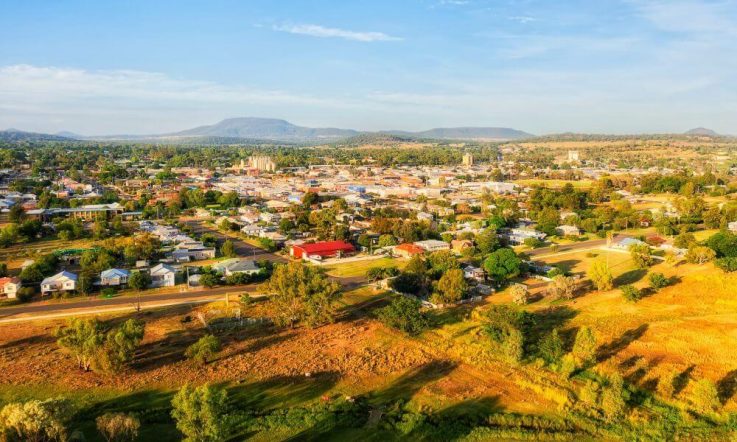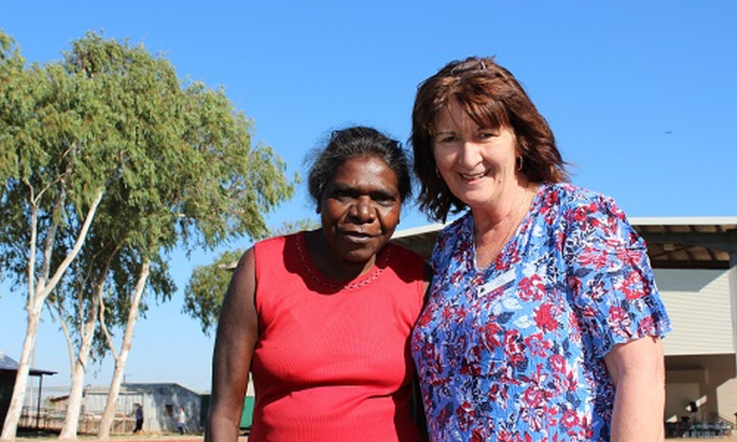As a school leader, have you consulted your students, staff and community members on the topic of student attendance and engagement? New research has explored First Nations student engagement and attendance in remote Australian schools by gathering valuable insights from those on the ground.
Sharing their findings in the Australian Journal of Education (Holmes et al., 2025), the researchers argue ‘concerns about school attendance are more often about poor engagement in learning at school than they are about the proportion of children and young people attending school on any day’.
‘It was important to conduct this research because the outcomes for First Nations students living in remote communities continue to be concerning and the ongoing narrative about educational failure – the “wicked problem” of education in remote schools, must be addressed,’ the report’s lead author, Dr Catherine Holmes, Research Fellow at POLIS: The Centre for Social Policy Research at the Australian National University College of Arts & Social Sciences, tells Teacher.
The project, conducted in the Northern Territory and Western Australia, aimed to determine why First Nations students choose to attend and engage in school. Two further questions helped guide the research: What factors impact student attendance and engagement in remote and very remote schools in Australia? And, what targeted educational support structures, practices and strategies lead to improved student attendance and engagement in remote and very remote schools in Australia?
How was the research conducted?
Dr Holmes and her co-authors John Guenther, Rhonda Oliver and Robyn Ober, share details of the project in their paper ‘Learning can be anywhere’ – On the ground views of what impacts student engagement and attendance in remote Australian schools – part of the AJE’s April 2025 Topical Collection on school attendance.
The research reported on in this paper involved interviews and group yarns. In total, 139 interviews with Elders and community members, school staff, principals/school leaders and students from various remote Catholic and Independent schools in the NT and WA were included in the data set.
‘This research methodology was chosen because it was framed by an Indigenist theory, applying emic perspectives of epistemological (beliefs about the nature of knowledge) to recognising Indigenous Ways of Knowing, ontological (beliefs about the nature of reality) connecting to Indigenous Ways of Being and axiological (beliefs about the role of values or ethics informing research actions) linking Indigenous Ways of Doing, explicated by the local customs and protocols at each research site,’ Dr Holmes tells Teacher.
‘It is centred on Indigenous perspectives, fostering collaboration and cultural appropriateness through yarning and storying techniques. Community-based researchers and senior students were critical in this approach, ensuring the research was conducted with Indigenous communities rather than on them. These methods enhanced data validity and provided insights into complex factors like school engagement, attendance and retention. Additionally, capacity building through training empowered local communities and enriched the overall research process, contributing to meaningful, culturally grounded outcomes.’
What were the findings?
Seven themes emerged from the interviews and group yarns: school environments, teachers and teaching, governance, leadership, On Country learning, relationships, and family support. Dr Holmes and colleagues note that while these perspectives may not be generalisable to all remote contexts in Australia, they are representative of those interviewed for this research.
School environments: participants believed that engagement was strongly related to a positive school environment and that a positive school environment is one that recognises, respects, and includes the language and culture of the learners.
Teachers and teaching: the role of local staff (teachers, other educators, and general staff) as teachers was highlighted. One of the participants commented:
Hands down, the number one strength are our local staff. They’re the backbone of it, they’re the heart and soul of it… They’re the most resilient people I know. (Principal, Northern Territory)
Governance: participants believed good school governance also leads to improved attendance and engagement, and some said positive governance happens when there is a school council where local voices were heard, welcomed, and listened to and implemented:
There’s one person from each community, each outstation, is on the school board and they don’t have a meeting until one person from each outstation is present. (Community member, Western Australia)
Leadership: participants spoke about the impacts of positive leadership. Themes of co-leadership, local leadership, collaboration and team work also emerged.
On Country learning: the researchers say many of the schools visited had On Country learning programs, where local traditional knowledge and skills were taught, mostly by community Elders.
I’d really like to see that they do more On Country learning because kids are getting tired of the way sitting in class looking at a blackboard, a whiteboard, whatever the colour of the board. When I was a kid, it was a blackboard with chalk. That’s boring, you know. Learning can be anywhere. You can sit under the tree near the billabong, you know. Kids in there, they say in nature too, kids are more focused. (Community member, Northern Territory)
Relationships: participants communicated their belief that strong relationships make a difference to students’ engagement in learning.
Family support: many participants spoke about the important role family has in encouraging student attendance.
I guess what they want to do, most kids, you know, they’re learning from a younger age right through kindy, whatever, it’s mainly the family support, you know. They have family support and encourage them to go to school every day. (Community member, Western Australia)
The issue of access to secondary schools in remote communities also emerged from the research from analysis of My School data.
‘The surprise in this research was our analysis of the My School data (2022 My School data available from https://myschool.edu.au),’ Dr Holmes tells Teacher. ‘The data suggest that of the 174 very remote schools in Australia, with more than 80% First Nations students, only half (87 schools) offer year 12. Of these, only 14% (24 schools) reported completions and 9% (16 schools) reported year 12 certificates. A further 3 remote schools also reported that students graduated with year 12 certificates.
‘How can First Nations students living in very remote communities attend if there is no school for them to go to? There is often an assumption that to complete year 12 young people must go away to a boarding school.’
The research project was funded by the Australian Government’s Emerging Priorities Program to explore educational outcomes in relation to school attendance, engagement and retention of First Nations students in remote schools in the NT and WA. The research team are now building upon this study by undertaking a new Australian Research Council (ARC) funded project, ‘Remote Aboriginal students’ high school retention and post-school pathways’, which will aim to uncover how schools can retain students to support their transition to work and further study.
The full paper, ‘Learning can be anywhere’ – On the ground views of what impacts student engagement and attendance in remote Australian schools, is featured in the Australian Journal of Education’s April 2025 Topical Collection on school attendance. The paper, which includes more detail on the findings, and further insights from participants, is freely accessible until the end of May 2025.
References
Holmes, C., Guenther, J., Oliver, R., & Ober, R. (2025). ‘Learning can be anywhere’ – On the ground views of what impacts student engagement and attendance in remote Australian schools. Australian Journal of Education, 69(1), 79-98. https://doi.org/10.1177/00049441241303785



